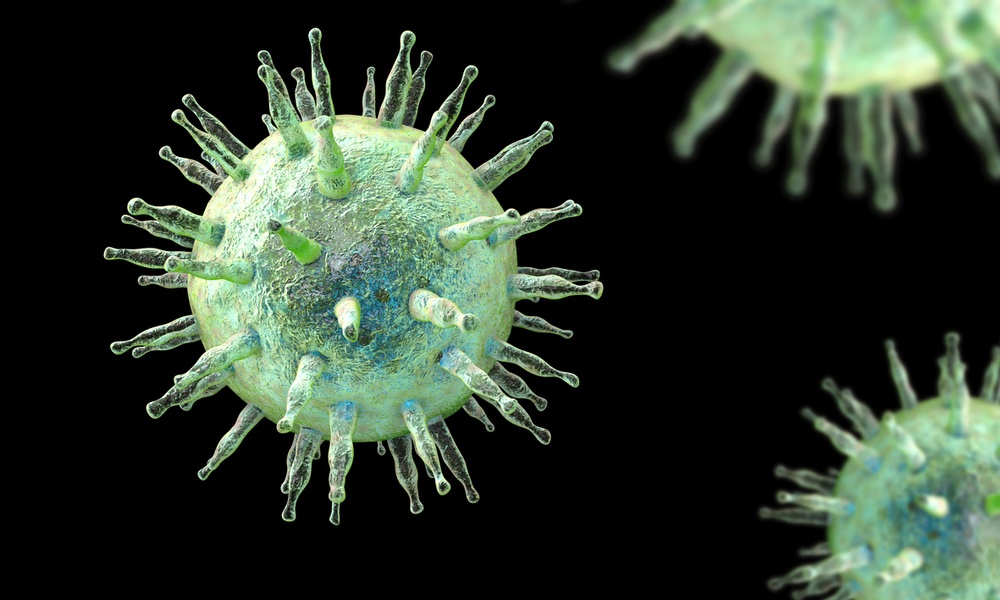Children don't always take to hand-washing. How can you get them to do a better job? By making it fun for them.
Doctors from Northwestern University's Children's Memorial Hospital found that having children apply a gel to their hands that glows yellow under ultraviolet light lets them see areas that they're missing while washing and gets them to wash their hands more thoroughly.
Effective hand-washing requires washing for at least 20 seconds, using soap and warm or hot water. Both hands should be cleaned completely, including the fingernails and the areas between the fingers.
The gel contains bacteria-sized particles and simulates applying a second set of germs to the hands. Wash off the fake germs and you've probably washed off the real ones, too. But if you do a poor job, the areas that you missed will remind you by continuing to glow.
The study was done in the waiting room of the children's hospital emergency room. Not only did the hand-washing demo give the children something to do in this difficult setting, it also proved educational.
Sixty children, age 8 to 18, and 57 of their parents took part in the study. After applying glow gel to their hands, all viewed their hands under black (low-energy ultraviolet) light and saw them glowing yellow.
They were next instructed to wash their hands with soap and water as they normally would. Afterward, they again viewed their hands under the black light, where still-glowing areas revealed any spots that they missed during washing. Hands were rated on a four-point cleanliness scale (very dirty to very clean) both before and after washing. Half of the participants also received additional hand-hygiene education.
Two to four weeks later, they returned and repeated the process. Interestingly, the parents' hand-washing ability did not significantly improve. But the children's did.
An article on the study appears in the July 2011 issue of Infection Control and Hospital Epidemiology.




